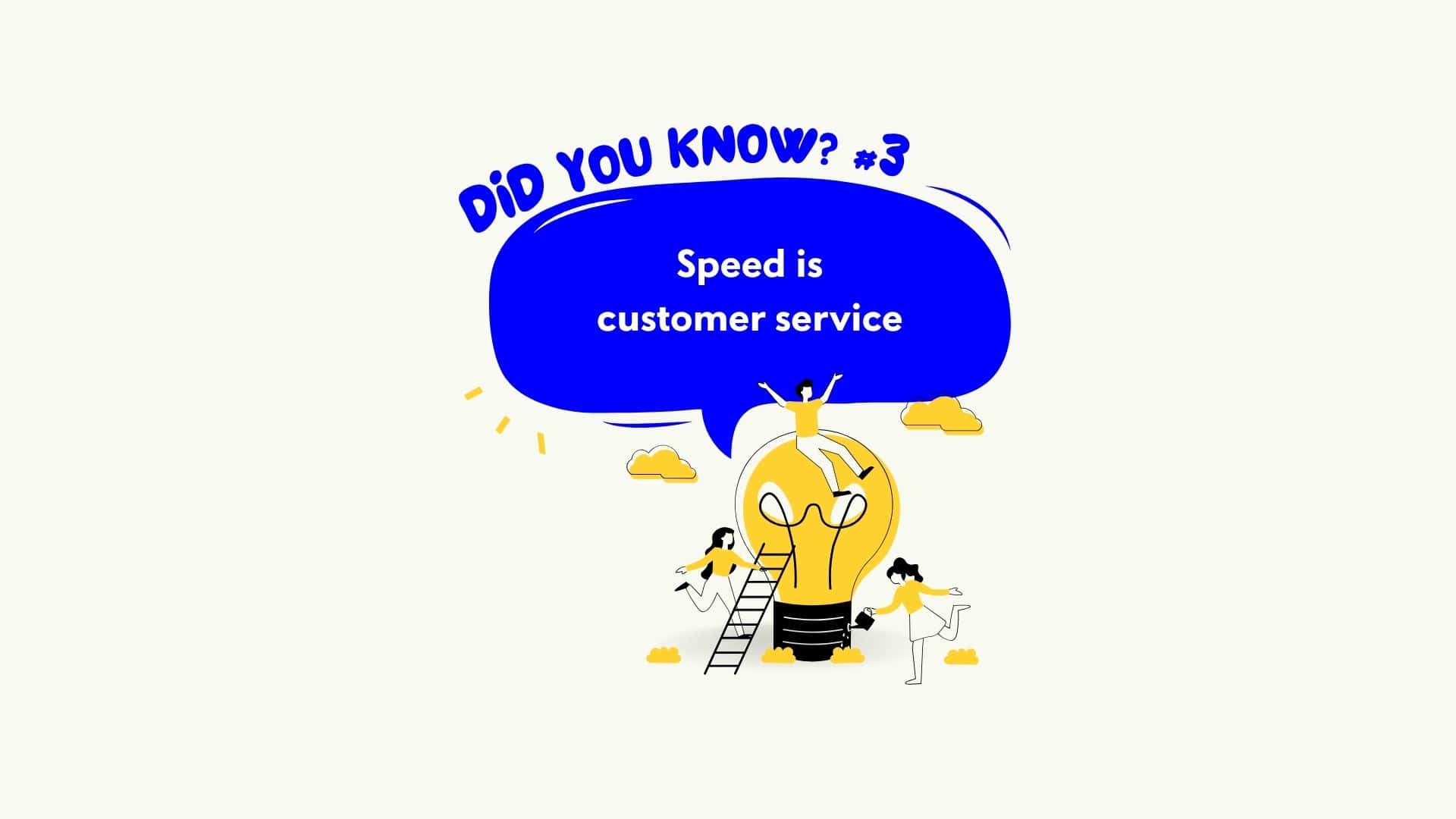Welcome back to another volume of our “Did You Know?” series. This week we’re talking GEO – writing so your page gets quoted in AI summaries and still earns the click. Search is going answer-first: models lift short, trusted snippets before anyone visits. Put the answer up top, then explain, then offer a next step.
In plain English
GEO is the practice of writing so humans understand quickly and AI can summarise cleanly. It is not a new trick. It is tidy, answer-first content. You start with a direct answer in 2–3 lines, follow with a short explanation or example, then point to a sensible next step. You use headings that read like the questions people actually ask. You keep sentences short and avoid filler. The result is a page that makes sense to a person in seconds and to a model in milliseconds.
Why this matters
AI summaries now sit above or alongside traditional results. If your page is hard to quote, it can be overlooked even when you rank. When you write in answer-first modules you increase the chance of being cited in those summaries, while still earning the click because you offer depth, examples and a clear action. The commercial upside is simple: more qualified visits and fewer wasted words.
What good looks like
- Add a 2–3 line answer at the top. State the core answer immediately under the H1. Keep it around 50 words.
- Use question-led H2s with short replies. Start each section with the answer, then add context or a micro example. Aim for 80–120 words per section.
- Include a compact Q&A block. Mirror the exact phrases your customers use. Two to four questions. Two to four lines each.
- Add a key takeaways box. Three to five bullets that could be lifted verbatim. Keep each to one line.
- Keep markup clean. Use real headings, lists and paragraphs. Avoid burying text in images or accordions that hide everything by default.
- Write like a person. Short sentences. Concrete language. Descriptive links. No hype, no filler.
A quick example of the pattern
Question: What is GEO in one sentence?
Short answer: Generative Engine Optimisation is structuring content so AI can quote a precise answer while humans get clear, useful pages with a next step.
Question: How is GEO different from SEO?
Short answer: SEO gets you discovered in search. GEO helps your page be the snippet that is quoted in AI summaries and still wins the click.
Question: What makes a page GEO friendly?
Short answer: An answer-first summary under the H1, question-led headings, compact Q&As, a key takeaways box and a clear next step.
60-second action
Pick one high value page. Write a 50 word summary that answers the page’s core question and place it directly under the H1. Then add one Q&A that uses the exact phrasing your customers use most. Ship it today and review the impact in a few weeks.
What this looks like in practice
Imagine a service page for website audits. Your H1 is clear. Under it, you add a 50 word answer that defines the audit and the outcome in plain English. Your H2s are questions people ask, like “What do you check in an audit?” and “How long does it take?” Each opens with a direct answer, then a short paragraph with detail. A small Q&A block mirrors phrases from sales calls. A key takeaways box summarises the wins. The page ends with a single, relevant action like Book a technical SEO audit. That layout is helpful for readers and easy for AI to summarise.
Key takeaways
- Answer first, then explain.
- Headings that read like real questions.
- Compact Q&A with customer phrasing.
- One clear next step per page.
- Clean HTML beats clever widgets.
FAQs
Does GEO replace SEO?
No. Think of GEO as answer structure that sits on top of good SEO and UX. You still need intent aligned pages and relevant internal links.
How long should the answer box be?
About 40–60 words. Tight enough to quote, complete enough to stand alone.
Will summaries steal my clicks?
They can, unless you give a reason to read on. Lead with the answer, then offer examples, proof and a clear next step.
Want to learn more?
If this sparked something, read our dedicated GEO blog breaks it down in plain English. It’s a quick read with practical pointers.
Want pages that earn the summary and the click without rewriting your whole site? Talk to us about content optimisation. We make your best pages answer first, read well and convert.




